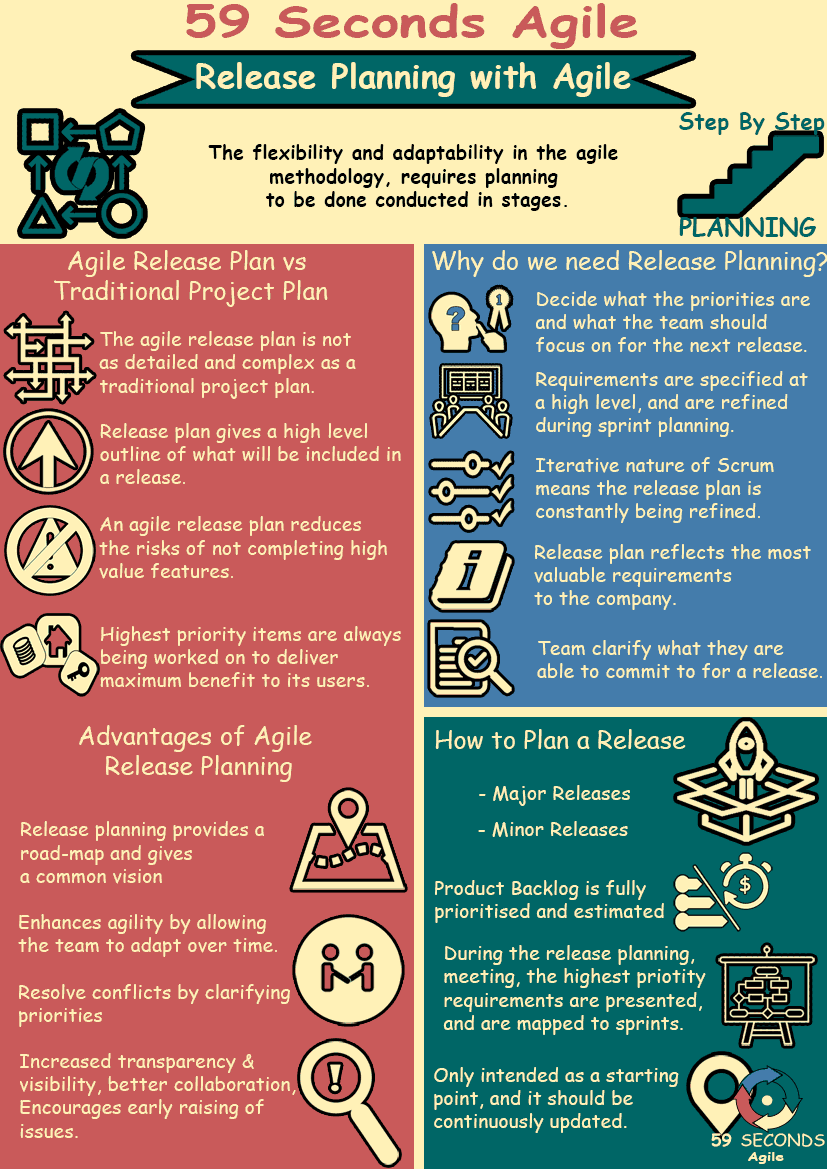
Release Planning For Product Owners – Part 2
The velocity of a scrum team may need to be adjusted as sprints are delivered. This could impact the release date. The foundational understanding is that all features identified are important to the release, so the delivery of the features takes precedence over the final calendar date. Communications on changes to the release date will need to be reviewed with the stakeholders frequently to manage expectations.
Date Driven Release Planning
There are instances, where dates provide the driver for release planning. Events, seasonal campaigns and other date driven activities may drive the delivery of features. In this instance the goal is to meet a date with the maximum number of minimally viable features delivered. The date is the most important milestone and as such features may be removed or delayed until a later release.

The steps for delivering are similar with a few key exceptions:
1) The product owner will still produce a prioritized backlog. Dependencies, risks and technical debt issues should be considered.
2) Create delivery estimates for each of the user stories.
3) Using prior or estimated scrum team velocity metrics, determine the number of user stories that can be included in each sprint.
4) Estimate the number of sprints that can be included within the release and
5) Plan the sprints based on user stories that can be included to meet the date.
Our Favourite Agile Books
We found these books great for finding out more information on Agile Scrum:
In a similar manner, the scrum team velocity may impact the number of user stories that can be delivered within a sprint. Features may be removed or delayed to a future release. The goal of the product owner is to deliver the features that are ready by the required due date. The release will be adjusted to account for missing features. Communications on the impact of features removed will be critical during the execution of sprints. The product owner is responsible for this level of communications during review sessions and adjustments to the release notes.
Release planning involves a higher level of data for definition of the features to be delivered. Unlike sprint planning, releases are planned at the user story level and laid out over multiple sprints. Release planning also takes into account activities such as regression testing and deployment activities. Velocity can and generally will impact the features or date delivered. Releases are designed to give the best view of the amount of work to be completed, the features to be delivered and the anticipated dates.

